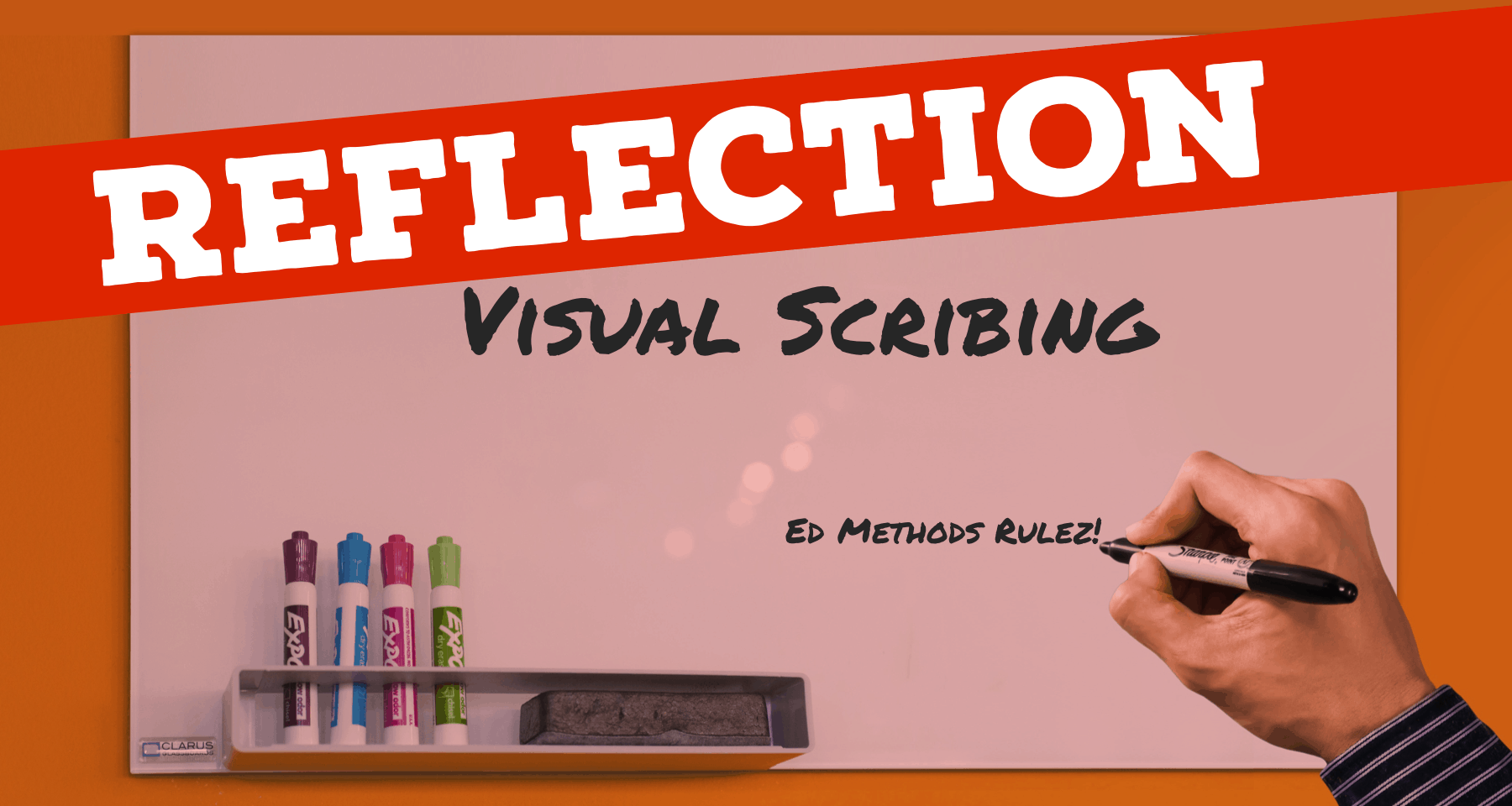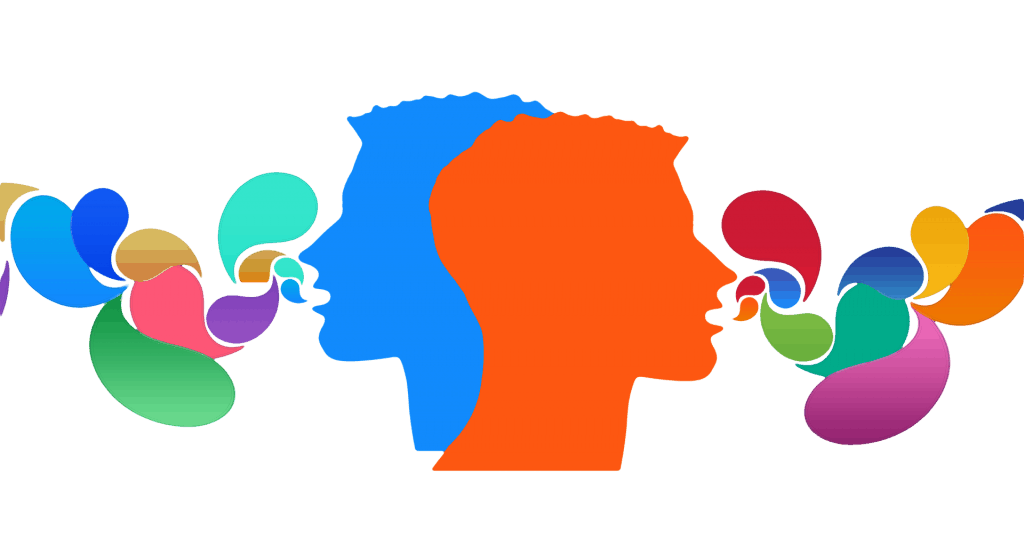After spending a few weeks talking about colonial America and events leading up to the Revolutionary War, I thought it would be beneficial and important to have students view the historical context from the lens of both American Patriots and British Loyalists. The discussion-based learning approaches discussed in last weeks class were a solid fit for this analysis of perspective, and I decided to use the fishbowl strategy since the class size was large and splitting the class in half would allow/encourage introverted students to be quiet while the extroverted students dominate the conversation.
As a way to “spice up” the fishbowl style discussion approach, I decided to assign 16 of 29 students to either the “Sons of Liberty” (to represent patriots) and the “Parliament” (to represent loyalists) and had 8 students in each group. These groups were actively participating in a debate in the center of the room, and the remaining 13 students were assigned as “undecided” colonists that must choose to side with either the patriots or the loyalists. The 13 “undecided” colonists were assigned to take notes during the debate, then given 10 minutes after the debate ends to write a short statement paragraph explaining which side they will take and why.
Student were not randomly assigned to groups, since I already know who are the dominant speakers and who are the introverts, and I tried to accommodate students for the option they prefer. At the end of writing summaries and deciding on which side to align with, students were asked to join the group that they chose so those in the debate could feel like there has been a competition. Patriots were expected to win, mainly because I knew their would be an American romanticism regardless of the facts, so picking a “winner” of the debate is not necessarily representative of how information was presented — I made sure to clear that up with the students before the end of class!
This seemed to be a great way of engaging students in the lesson, however I could tell that a few students tasked with taking notes and writing a summary were likely distracted doing other things on their iPad. (Students at my school regularly use the iPads to take notes and write assignments, however the notes/summary from students who used pencil and paper were significantly more detailed and “engaged” than anything I received from students using their iPads. One thing I learned by doing this lesson is that it would be smart to require students to use pen/pencil and paper when taking notes and writing their summary, even if they typically use their iPad, only because the debate requires instructor focus which makes it more difficult to ensure everyone is on task.





